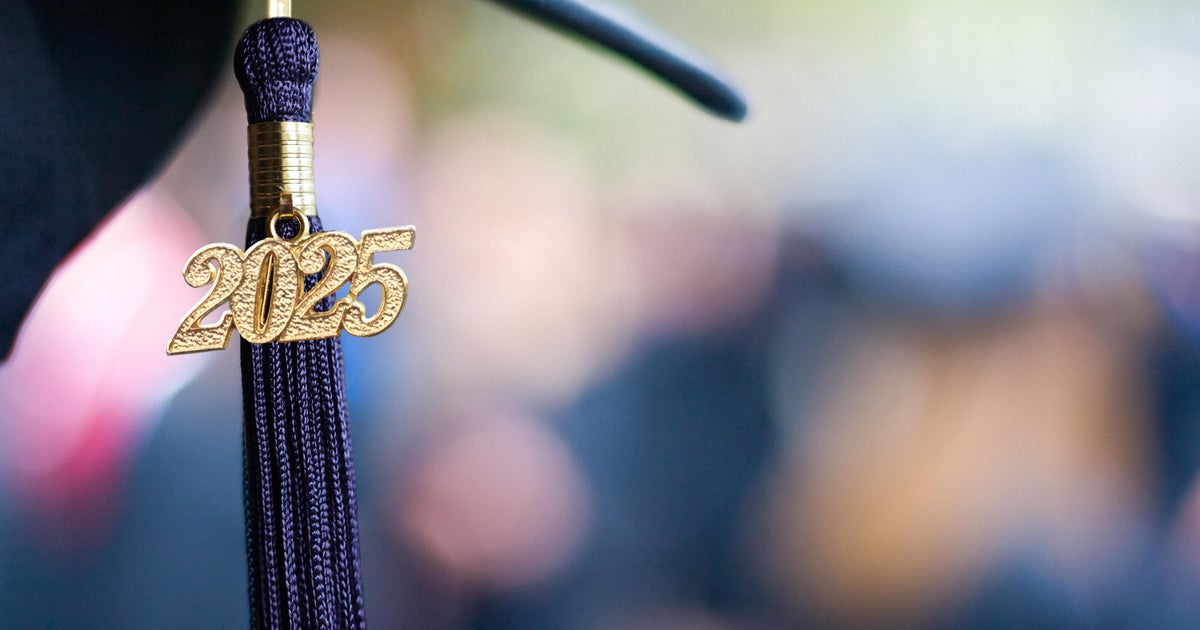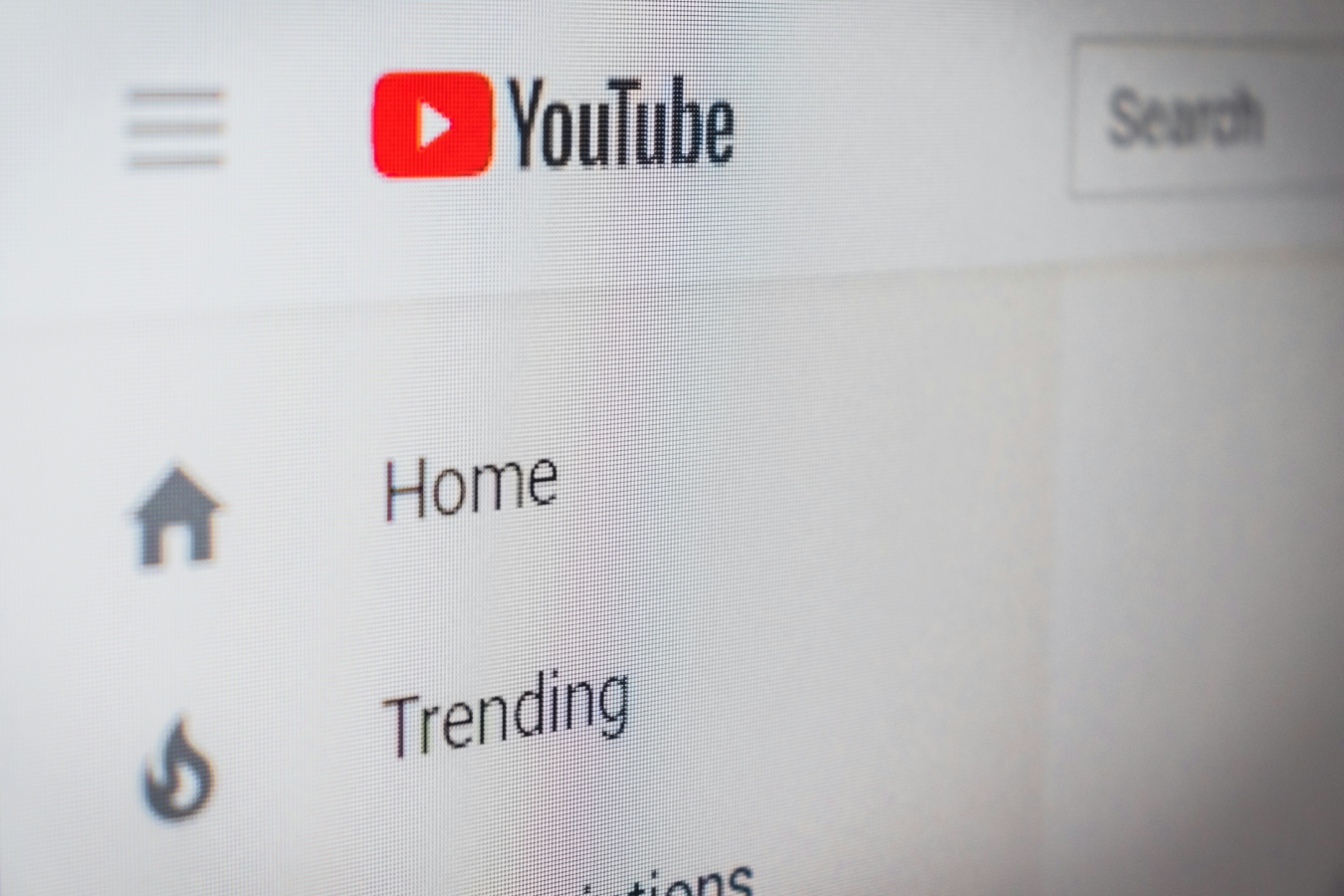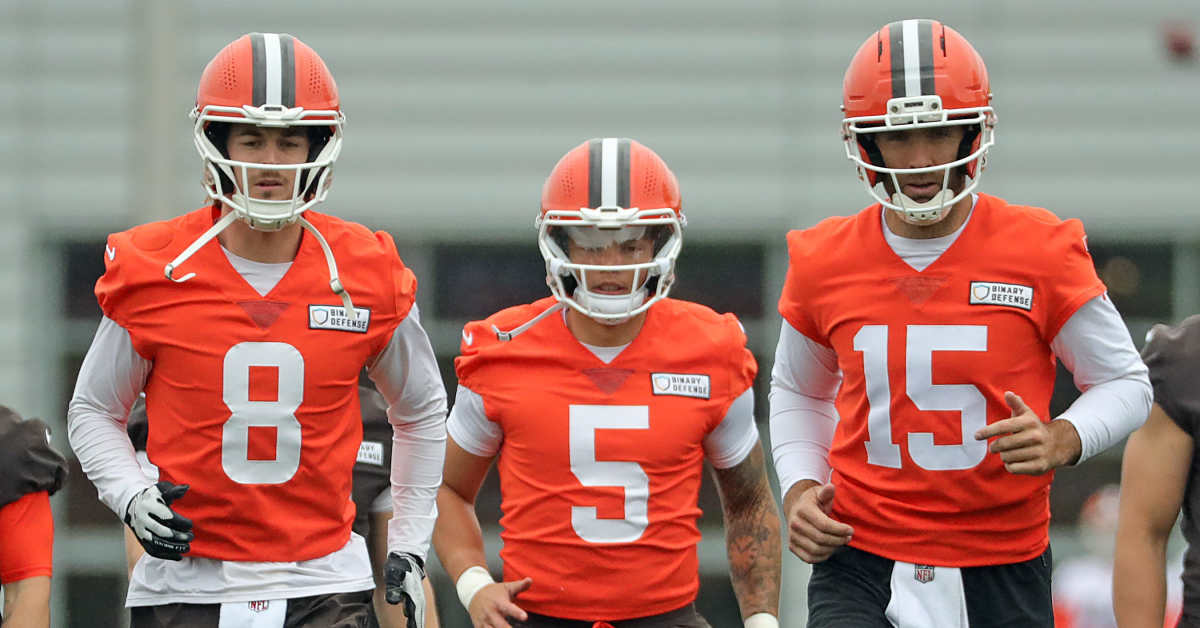José Bayona, an immigrant from Colombia who arrived in New York City 30 years ago, has spent decades connecting diverse communities through journalism and government. Now, he’s betting on artificial intelligence to transform how ethnic and community media connect with advertisers — and ultimately, how New York City communicates with itself.
While leading New York City’s Office of Ethnic and Community Media, Bayona witnessed firsthand the challenge of matching advertisers with hundreds of small outlets that serve immigrant and minority audiences.
“For a human being, that’s a process that is going to take days or weeks to negotiate,” he said. “We would always go to the same ones [media outlets].
“We need more diversity,” Bayona said.
That challenge inspired Bayona’s latest venture, Mosaic Connect, a platform that utilizes artificial intelligence to match advertisers with the right community outlets in minutes rather than weeks.
For Bayona, the project is more than a business. “I didn’t see this as a business in the beginning,” he said. “What I see is it’s more like empowerment.”
From Community News to City Hall
Bayona began his journalism career soon after arriving in New York. He studied political science and journalism at Baruch College and earned a master’s degree at CUNY’s Graduate School of Journalism.
Bayona also worked as an assistant at Hora Hispana, a community paper under the New York Daily News in the 2000s, and later joined NY1 Noticias and served as metro editor for El Diario.
But journalism wasn’t always easy to balance with family life.
Seeking more stability, Bayona shifted to government communications, working as a deputy press secretary at the Department of Transportation and then at the Administration for Children’s Services.
“Communications in government is basically like journalism at the same pace, 24/7,” Bayona said. “You are on call all the time. You are dealing with media, with stories, with reporters, and all of that.”
Building the City’s Community Media Infrastructure
In 2018, under Mayor Bill de Blasio, Bayona became director of community media at City Hall. At the time, the city was home to more than 350 community and ethnic media outlets. Bayona led efforts to create a vetted directory to help city agencies connect with these outlets.
“City agencies started asking, ‘How can I get to [community media outlets]?’” Bayona said.
In that role, Bayona said he helped “expand the opportunities for city agencies to bring information in different languages and also in different outlets.”
When Eric Adams became mayor, Bayona proposed creating a permanent Office of Ethnic and Community Media. “When Eric Adams was elected, he said, ‘We need to implement this office, since day one, Jan. 21, 2022,’” Bayona said.
Bayona said the office helped “open” community media platforms to New York. “These outlets, they felt empowered to report,” he said.
He added that publishers also began to see a “path forward to develop their products and their businesses.”
Bayona said the office set a national example. “Other cities are looking into that,” he said, referring to cities creating Community and Ethnic Media Offices.
“Boston is looking into that, San José, I think LA is also looking into that, and many cities say this is a good model,” Bayona said.
From Public Service to Entrepreneurship
After leaving City Hall, Bayona founded Grassroots Strategies, a consulting firm. However, he stayed deeply involved in community and ethnic media — the same field where he had spent years building connections and infrastructure at City Hall.
Bayona expanded Grassroots Strategies, launched Grassroots Media, and began developing Mosaic Connect—driven by the same challenge he encountered in city government, where he found that matching advertisers with the right community outlets was slow and inefficient.
Advertisers and city staff struggled to allocate ad dollars across 350 outlets. “They said, ‘How are we going to make that assignment and all of that?’” Bayona said.
He noticed advertisers repeatedly relied on the same outlets, which motivated him to find a solution. “I need to solve this,” he said.
Bayona partnered with tech firms like Airtable and Singular Innovation to build Mosaic Connect, which he describes as an AI-driven marketplace for community media ads.
“So the platform has two phases,” Bayona explained. “One for media outlets and another one for advertisers.”
“The media outlets, they are going to register, subscribe to the platform, and they bring all the information [about the company] — circulation, rates, what communities they cover, what languages they cover, where they distribute, everything,” said Bayona.
Advertisers, in turn, log into the platform to target specific communities.
“I want to do this campaign, let’s say, in the Bronx, or I want to do this campaign in New Jersey,” said Bayona. “So the platform will look into all of these outlets and say, okay, which ones are from New Jersey?”
The AI narrows the results and filters them based on what advertisers seek and what media outlets offer, whether it’s advertising in print newspapers, on radio, on digital platforms, or in specific communities, such as Latin American-focused newspapers or foreign-language publications.
Ultimately, Mosaic Connect can generate a media plan in hours rather than days. “That process, I can tell you, it could take like half a day,” Bayona said. “The same process with a traditional advertising agency could take like a week.”
AI as a tool
While Mosaic Connect relies on artificial intelligence to analyze and match data, Bayona stressed that humans remain in control.
“AI will give me the first interaction,” Bayona said. “This is the recommendation. But AI will not lead the process. [Clients] lead the process.”
He emphasized a clear line between the platform’s recommendations and the content of any ads. Mosaic Connect does not generate creative assets or produce political advertisements.
“One difference is that the AI, the platform is not creating, is not doing creative,” Bayona said. “The only thing that the platform is doing is suggesting media outlets.”
“We have nothing to do with pictures, text, nothing,” he added. “The client signs a contract that says, ‘I’m responsible for that creative,’ but there is no interference.”
Bayona also wanted to ensure smaller community outlets wouldn’t get left behind due to cost barriers. “There is an annual fee for tech services, and that’s going to be waived for the first month, so everybody can register,” Bayona said. The annual fee is $249 a year.
Bayona said that’s far lower than other organizations, which typically charge $1,000 a year, as well as commission. “Grassroots Media doesn’t charge commissions. Everything is net,” Bayona said.
Empowering Diverse Communities
Bayona believes Mosaic Connect could transform how campaigns, nonprofits, and businesses engage with diverse communities, particularly those with limited budgets. While major campaigns often rely on expensive TV ads, smaller organizations could reach similar audiences more affordably through ethnic and community outlets. This strategy costs less but can have a significant impact.
“So that’s an advantage,” he continued. “When they go straight to the communities when they name community media, they spend less, and they might get more.”
“We don’t have to work for the tools — the tools can work for us,” Bayona said.
For Bayona, Mosaic Connect represents the culmination of decades spent bridging power structures and the communities they serve.
“When ethnic media survives, the community survives. And that means the whole city survives,” said Bayona.









 English (US) ·
English (US) ·